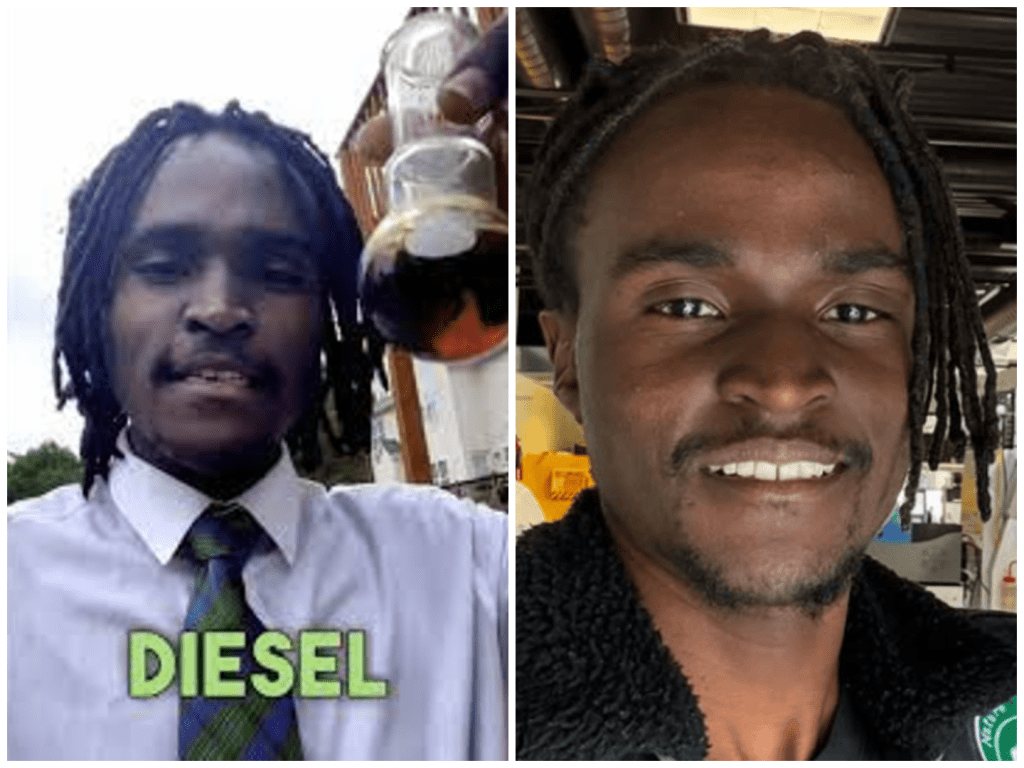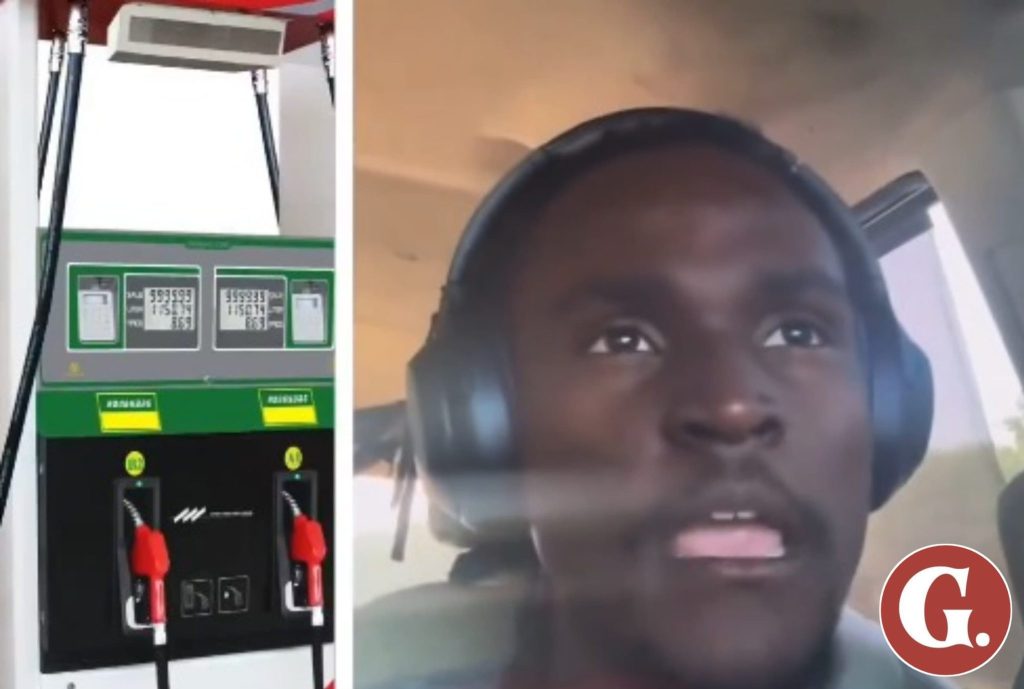Young Inventor Behind Plastic-to-Fuel Breakthrough Disappears After Saying He’s “Under Attack”—What Happened to Julian Brown?

In early July, Julian Brown—just 21 years old, a backyard inventor from metro Atlanta, and creator of the revolutionary “Plastoline” device—made online history as he transformed plastic waste into what he claimed was clean-burning gasoline, diesel, or even jet fuel. His journey from a high‑school tinkerer to a social media sensation drew admiration and curiosity. Then, on July 9, he posted a chilling message: he said he was “certainly under attack,” urged followers to “screen record” his video, and warned, “I know I don’t have long to live.” Two weeks later, his camera fell silent. And the world began to worry.
The Rise of Plastoline and Its Creator
Julian Brown’s story had all the makings of a modern hero. He built Plastoline using solar‑powered microwave pyrolysis to turn discarded plastics into fuel. Starting in his parents’ backyard during high school, he spent five relentless years prototyping and refining. The reactor, he claimed, burned cleaner than traditional diesel and offered a scalable alternative to recycling’s shortcomings.† His followers—numbering over a million across Instagram and TikTok—watched as he documented experiments, setbacks, and breakthroughs.‡
His final GoFundMe tally, $18,000 toward a $1 million goal, fell far short of its ambition—but his impact was already global. His invention was featured in interviews with platforms like Bold Journey and earned comparisons to every garage inventor dream turned real.††
Silence, Speculation, and an Ominous Post
On July 9, Brown shared a video from inside a vehicle. His voice sounded tired but resolute: “I’m certainly under attack… keep your eyes open.” He asked viewers to “screen record this” and promised that “nothing is going to stop” him from continuing to build. Just days earlier, he’d warned of “very, very odd stuff”—black helicopters and reminders that he didn’t expect to live long.†
Then… nothing. His social media accounts fell silent. Followers registered the absence—not just his voice, but his presence. Entire Reddit threads and TikTok conmúnity posts urged for updates. Some suggested foul play, others speculated he went into hiding.‡‡
Family Reassurance, Official Ambiguity
The next day, his mother, Nia Brown, broke the silence. She said her son was safe—neither kidnapped nor dead—and asked for privacy for security reasons. The Atlanta Police confirmed no missing person report had been filed under his name. They declined to comment further, citing confidentiality.††† That lack of official action, however, fed the rumormill: was this silence protective or suspicious?
Meanwhile, social media users continued to post, “Julian Brown… has reportedly been missing for more than two weeks,” and begged others to stay alert.‡‡‡ Memes circulated, conspiracy theories blossomed, and calls for transparency grew. But still, no direct confirmation emerged about his location or condition.
At the heart of the mystery is Plastoline—and what it represents. Brown’s invention threatens to disrupt fossil fuel systems, recycling economics, and environmental industries. Some believers online suggest that such revolutionary technology could attract powerful adversaries. Others argue that he may have simply stepped away—exhausted, frustrated, or silently rebuilding.
Either way, his silence is loud.
What We Do Know and What Still Isn’t Clear
- Brown remains medically and legally unaccounted for on public record—even though his social accounts vanished after July 9.†††
- No criminal case or disappearance file exists. His mother’s confirmation is the only publicly stated assurance that he is safe.†††
- His invention, while promising, has yet to prove economic viability or industrial scalability. Authorities may be skeptical, but the technology has attracted genuine science and environmental interest.†††
For now, the world watches. Panels are forming, charities are sharing posts, and journalists scramble for facts. Meanwhile, Brown’s supporters insist on his return—not just for his famous invention, but for the person who dreamed it.
Julian Brown’s story touches on themes as old as progress itself: the lonely inventor, the breakthrough that challenges norms, and the paranoia that creeps into genius. It’s a reminder that invention often walks hand‑in‑hand with risk. In a world watching plastic choke oceans and fossil fuels still dictate geopolitics, Brown’s work mattered. And now, his absence matters even more.


